How Idi Amin's abandoned lodge has been reclaimed by wildlife
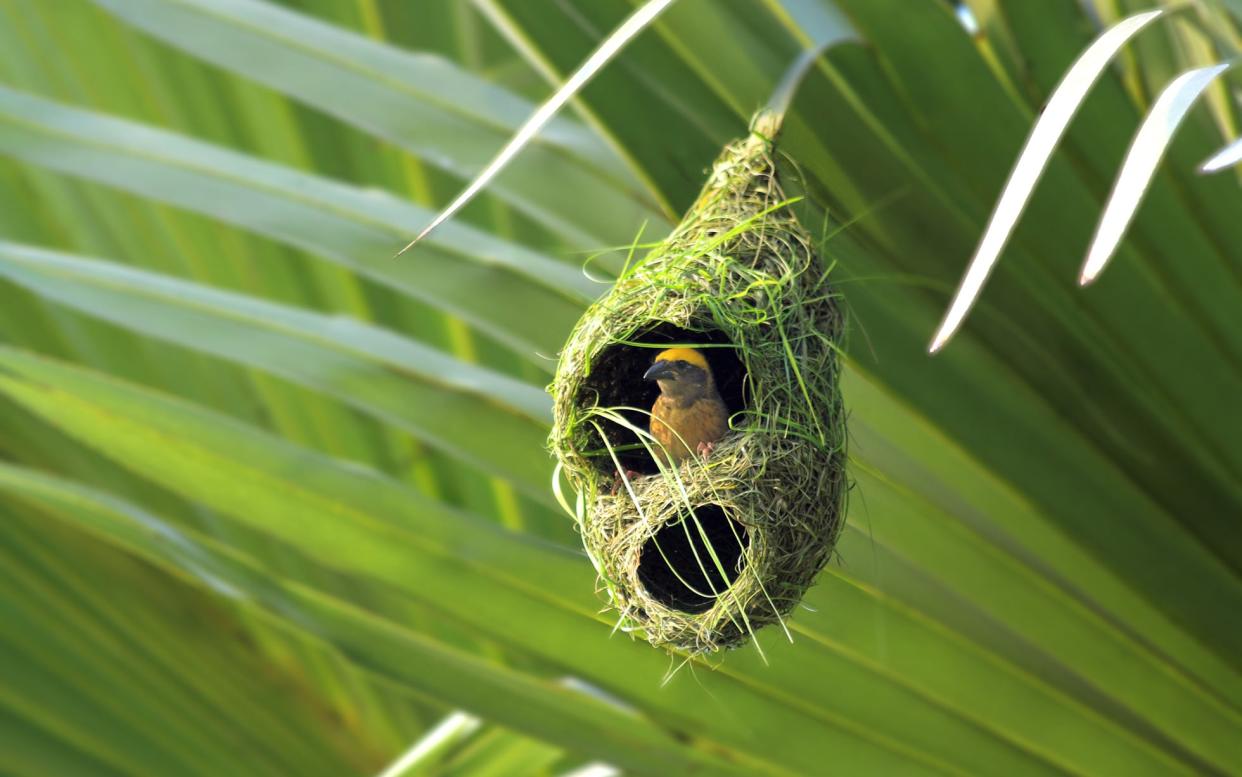
“It’s the miracle river... that brings life to where otherwise there would be none.” The Nile, which stretches further than any other, from the Equator to the Mediterranean, is the focus of the second episode of Earth’s Great Rivers tonight (January 2) on BBC Two (the Mississippi concludes the series tomorrow).
The meandering journey documents the strange goings-on at a dilapidated lodge belonging to the former Ugandan dictator Idi Amin, a mass baptism, an almost biblical plague of flies, mighty waterfall and colourful, knot-tying birds.
Narrated by the actor David Oyelowo for the BBC’s Natural History Unit, the beautifully realised film starts at the Nile’s beginning – the remote Rwenzoris, a tropical mountain range on the borders of Uganda and the Democratic Republic of the Congo, where streams plunge from the snowy peaks creating wetlands on the plains below. From a mobile water garden of papyrus reeds, the river chugs on to the Nile’s headwaters, which create huge lakes in the equatorial heart of Africa. The largest, Victoria, is almost the size of Ireland and so vast that water is trapped here for 23 years before moving on again downriver.
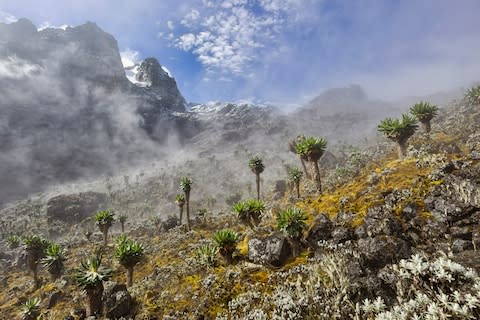
Here a bizarre, once-a-year event takes place when, during the full moon in November, billions of lake flies emerge prompting thousands of local fisherman (some 30,000 boats to be exact, and lives are often lost in the frenzy) to take to the water to catch the fish which feed on them. On land the local villagers scoop up the flies for their nutritious value – a fly burger is said to contain five times more protein than one made from beef.
Exiting the lake, the turbulent rapids create the White Nile, a popular stretch for kayakers and on through the savannah lands of Uganda before reaching one of the world’s most powerful waterfalls, Murchison Falls, where the 50-metre river squeezes through a seven-metre chasm.
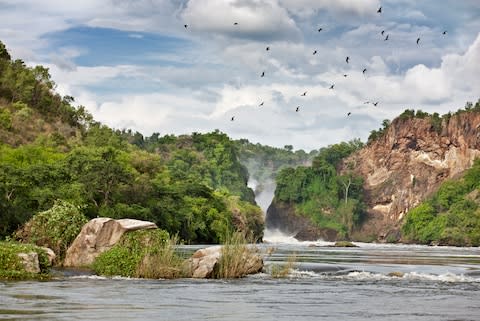
It’s soon after that the river passes Idi Amin’s former lodge. The “Butcher of Uganda” is said to have killed more than 300,000 people during his rule and also led and encouraged hunting parties which devastated the region’s wildlife. At the lodge, though, the latest “camera trap” technology has revealed it is now home to a variety of creatures from porcupines and the rare pangolin to baboons and warthogs (in the former kitchen). Locals suggest the animals are getting their own back as nature is playing by different rules. When a prowling leopard and a pack of hyena pass through they appear to ignore the potential for an easy supper; a strange kind of co-existence seems to be occurring.
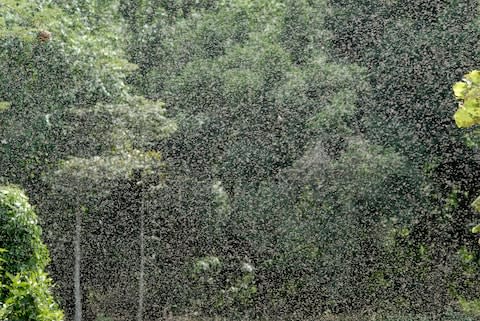
Entering South Sudan, the Nile river slows and spreads out transforming into a huge wetland: the Sudd (the Arabic word for barrier). Here half of its water is lost due to evaporation and it still has 2,000 miles to go, including crossing an area the size of China, the Sahara.
Salvation is at hand from the Blue Nile (filled by storms in the Ethiopian Highlands), the White Nile’s greatest tributary and home to some of the world’s oldest Christian communities. In the ancient city of Gondor, the waters of the Blue Nile witness mass baptism ceremonies by a people who believe in the river’s powers of rebirth and transformation.
En route to Khartoum, where the two rivers join, the film-makers encounter colonies of male weaver birds who build intricate nests to attract – the greener the better with the males proving surprisingly adept at weaving and tying knots.
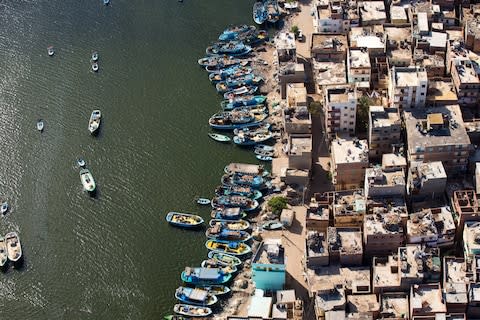
Now replenished by the Blue Nile, the main channel of the river continues upwards through the Saharan desert towards Egypt and finally to Cairo. Such is its power and importance that 95 per cent of Egypt’s population live by its banks. But there is a sting in the trail as the demands of the people of Cairo, the world’s biggest desert city and now home to some 20 million, is starting to exceed what the Nile can supply, and by 2025 the city is predicted to be running dry. As Oyelowo gravely concludes: “The Nile’s future now hangs in the balance.”
Nile: Earth’s Great Rivers (BBC2, January 2, 9.00pm)

